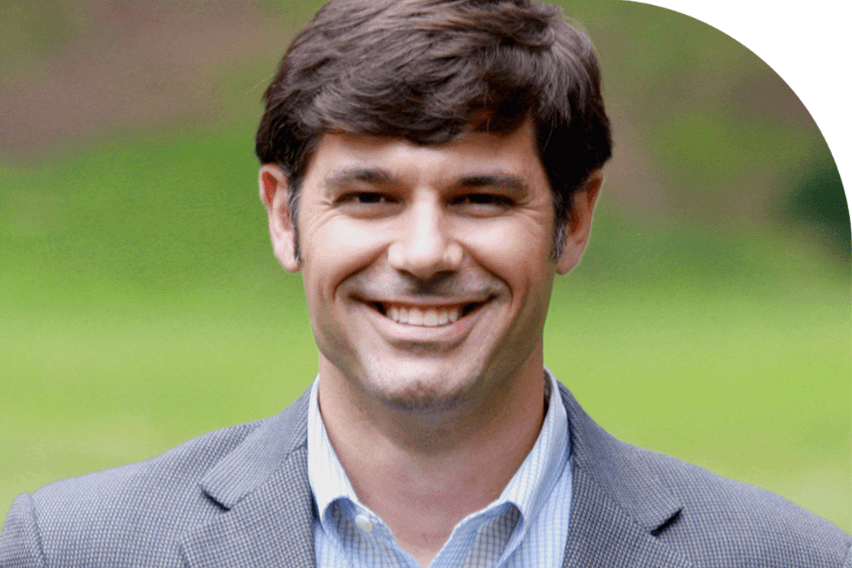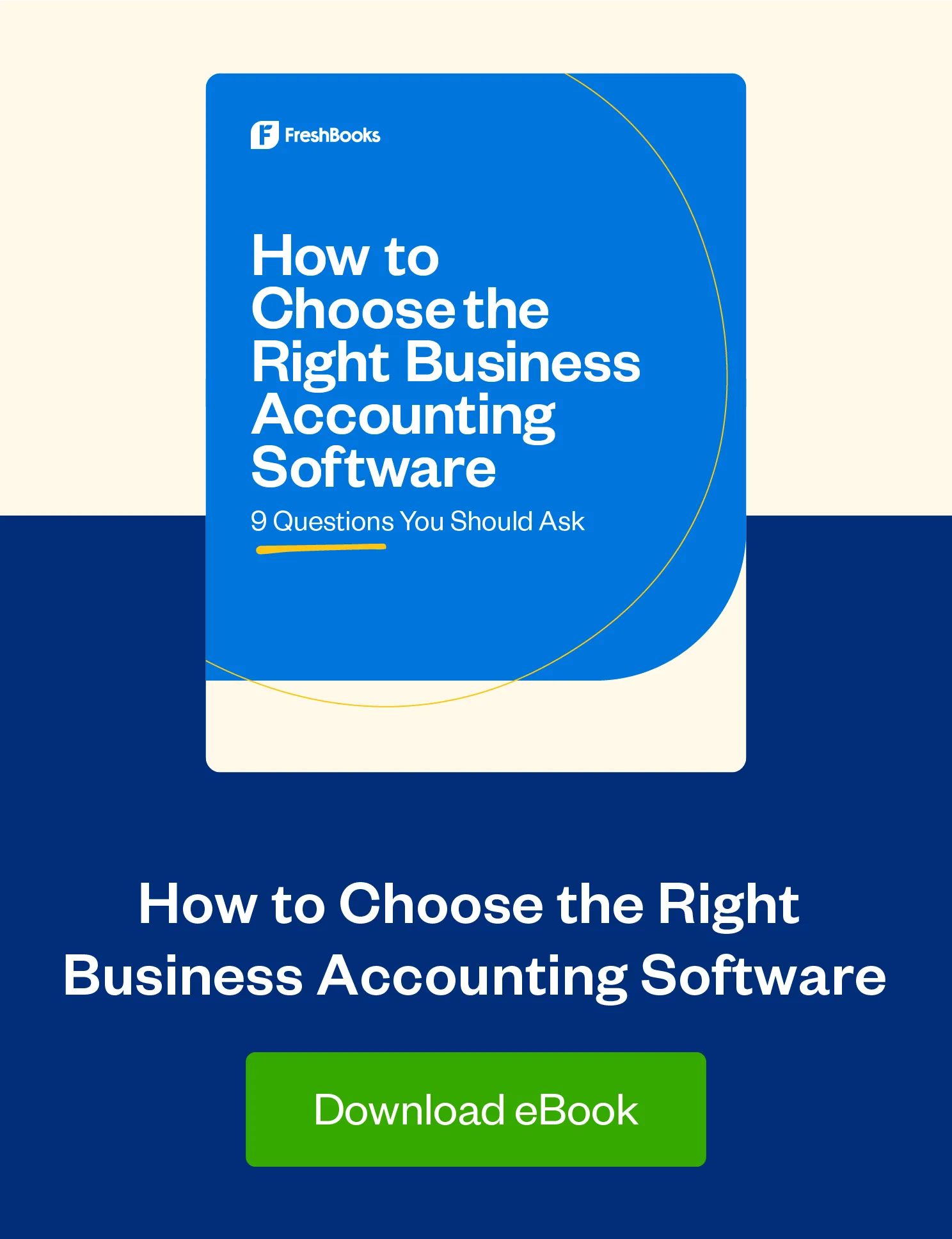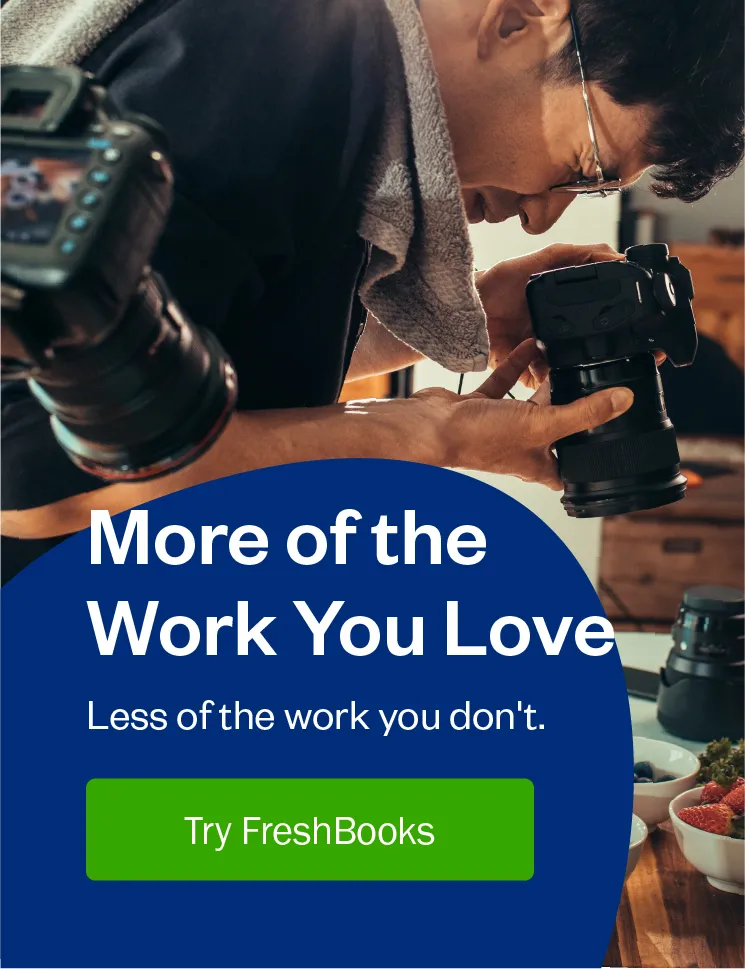Cooleaf founder John Duisberg shares lessons learned throughout his entrepreneurial journey and insights on company culture.

If you take care of your employees, your employees will take care of your customers and your customers take care of your business.
Sounds simple, right? Yet so many companies don’t seem to get it right.
Enter Cooleaf.
Cooleaf helps businesses achieve better business results through a data-driven approach to company culture.
As many start-ups do, Cooleaf has evolved and pivoted over time. Launched in 2011, the business was initially a health and wellness solution. Then, it shifted to focus on employee engagement. Today, it offers an Agile Business Execution platform that helps businesses achieve their goals and improve performance with sophisticated analytics.
John Duisberg, one of 3 Cooleaf founders, spoke with us to share insights from the many lessons he’s learned throughout his entrepreneurial journey.
How would you describe your company, Cooleaf?
John: Cooleaf is focused on helping forward-thinking companies create a culture of engagement so they can attract and retain the best people for their business.
These days, companies need to connect their people to their brand in a more meaningful way. If their own people aren’t passionate about the mission and core values of the company, then how can your customers become passionate about it?
So, Cooleaf exists to help companies strengthen their brand’s value proposition in order to better connect with their employees. This way, they can strive to be a top workplace environment.
How do you define “culture”?
John: If you ask 10 people what culture is, you’ll likely get 10 responses. I personally believe that culture is something that has to be organic—it can’t be manufactured. However, you can be intentional and thoughtful in how you go about building it.
We work with our clients‘ leadership teams to identify the company’s mission and objectives. We dig deep to uncover their core values: what they want their people to live and breathe day-to-day. Then we ask ourselves: How can we help our client build a community that brings those core values to life?
These days, companies need to connect their people to their brand in a more meaningful way.
As experts in the area of company culture, how would you describe the culture ate Cooleaf?
John: We’re a small company now, so everyone works in the same room. It feels like a family. There are about 5 full-time employees at the moment and we’re all in it together, which is really fun.
The challenges come as you grow. We want to focus on preserving that entrepreneurial feel as we grow. We want every person to feel like they are an owner of the company and are invested in its long-term success.
What motivated you to quit your day job and start your business?
John: I worked for a healthcare technology company with one of my now co-founders. I was successful and I enjoyed what I did, but at the time, we would have those coffee shop conversations and daydream about starting a business one day.
Then he left to work at another organization and at his new job, he met our third co-founder. When all three of us were introduced, it started going beyond the coffee shop conversations. That’s when we actually started to take next steps like investing our own money and starting to design stuff.
We were all still working full-time jobs while we built up our business. Before I felt comfortable enough to go off on my own, I wanted to have a live product, not just a concept. I wanted to make sure we had some seed funding in place so we wouldn’t just be burning our own cash. And I wanted to have a 12-month runway saved up so I could support myself through the bumpy road of entrepreneurship.
Once I had those 3 things in place I felt confident to take the leap and go all-in on our company.
In your experience, what’s the best way to approach seed funding?
John: As a first step, reach out to family and friends and ask: Is this something you’d be interested in?
When I reached out to potential seed funders, I didn’t just want them to contribute financially, but also to be on board as acting advisors. Because when they’re helping you become successful, they are more likely to buy into the achievements of your company.
Bring your seed funders in as strategic partners of your business beyond the financial means—that’s attractive to a lot of people.
What are some of the lessons you’ve learned along your entrepreneurial journey?
John: A few things:
One, it’s going to take 4x longer than you expect and cost 5x more. So prepare yourself. Things will come up and problems will arise. You have to be prepared mentally and financially to be flexible and roll with the punches.
Two, get some traction in the market before starting to pitch your product. Figure out how to build a minimum viable product (MVP) really early on. Make sure you know whether customers will actually pay for the thing you’re offering. That’s the ultimate test.
Three, it’s all worth it in the end. Even though it’s very hard and there are soul-searching days when you get rejected… Remember: When you finally get that win and see a customer enjoying your product—it’s totally worth it.
What are some of the benefits and challenges of working with 2 other co-founders?
John: For us, it’s been a very good experience.
Being an entrepreneur can be lonely. At times, you feel like you’re working on an island. So having co-founders can be helpful in that respect.
Plus, different people bring different skills, a different network, and a different perspective to the table. Defining and understanding the roles of each person is really helpful. You’ll have to make decisions and move quickly in terms of the business and strategy.
Keep this in mind: If you are going to work with co-founders, you’re going to be spending a lot of time with these people, so there has to be professional respect there and you have to work to maintain it.
Although there can be pros and cons to starting a business with one or two other people, I would absolutely recommend it. There’s a net positive that comes from that.
Looking forward, what’s next for you and Cooleaf?
John: It’s an exciting time for us. We have built out a very strong technology platform and we have validated it by bringing on customers over the past year. Some of them are very large customers.
The next stage is to grow and scale. We’re focused on starting to build out a strategy around customer acquisition and how to make that a repeatable process. Investing in sales and marketing effort as well as developing from a channel partner standpoint.
As we head into the remainder of this year, I’m very excited about where we are and where we will go. We plan to be cash flow positive by the end of the year!
Written by FreshBooks
Posted on June 5, 2017

 Everything You Need to Know About Going Into Business With a Friend
Everything You Need to Know About Going Into Business With a Friend How to Create an Outstanding Workplace Culture
How to Create an Outstanding Workplace Culture How to Build a Team That Helps Your Business Thrive
How to Build a Team That Helps Your Business Thrive





